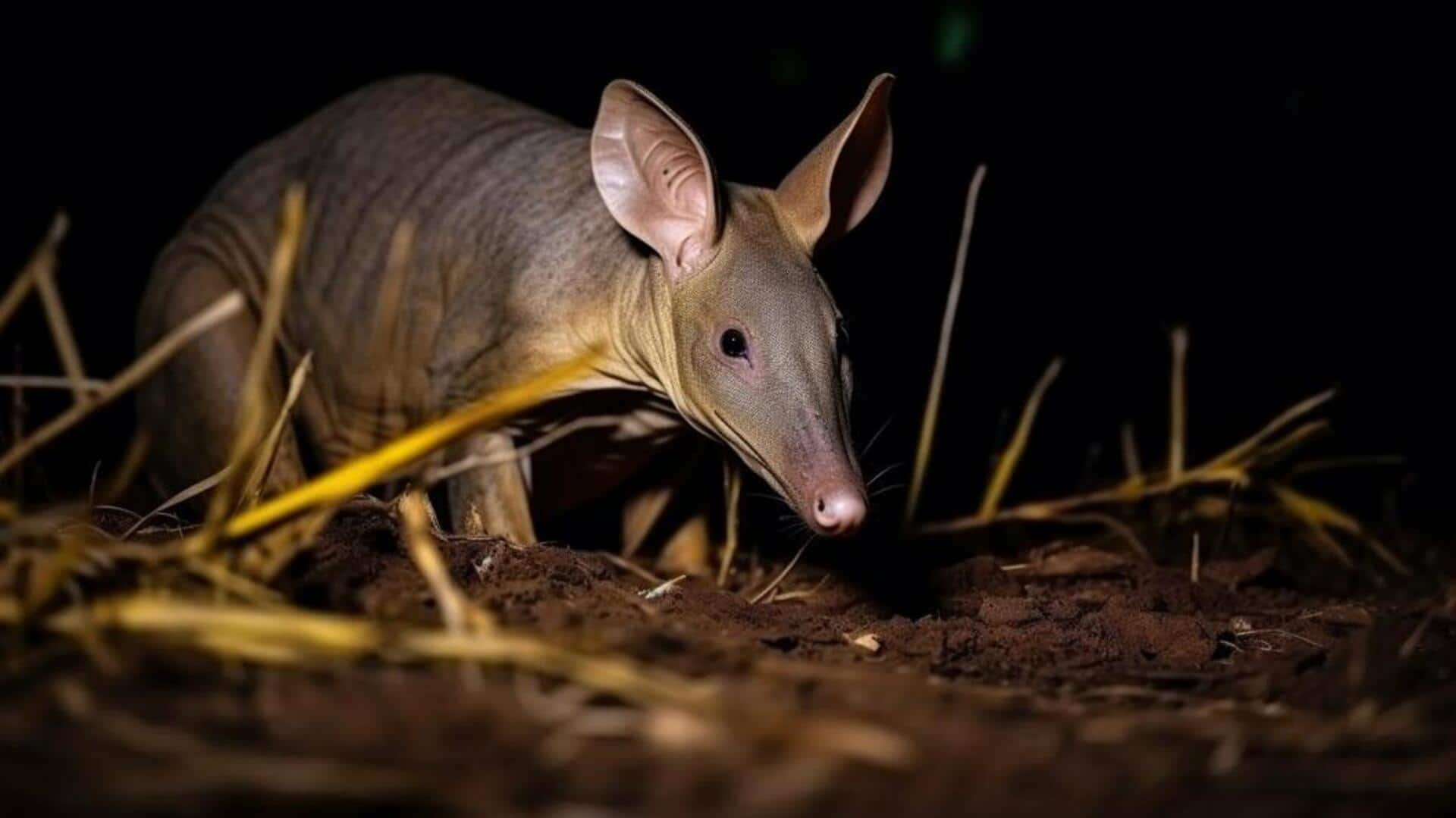
Aardvark burrow adventures: How to explore safely in Ethiopia
What's the story
Ethiopia, with its wealth of biodiversity and stunning landscapes, holds a unique adventure for wildlife enthusiasts: navigating aardvark burrows. These elusive nocturnal mammals, renowned for their industrious digging, craft an intricate subterranean labyrinth that serves as the beating heart of the ecosystem. This article delves into the art of safely exploring these marvels without causing a ruckus for the aardvark architects.
Timing
Planning your visit
The optimal time to visit Ethiopia for aardvark sightings is during the dry season, spanning October to March. This is when aardvarks venture out of their burrows in search of food, presenting the perfect opportunity for visitors to catch a glimpse of them. Remember to go early in the morning or late in the evening because these animals are nocturnal.
Conservation
Respecting wildlife habitats
When visiting aardvark burrows, please remember to keep a safe and respectful distance to avoid disturbing or harming these fascinating creatures. Use binoculars for close-up views and adhere to guidelines established by local conservation organizations. Keep in mind that these burrows provide shelter to hundreds of other species. By respecting these structures, you're helping to preserve biodiversity.
Guidance
Guided tours vs independent exploration
If you're not accustomed to navigating Ethiopia's landscapes and tracking aardvarks, consider joining a guided tour for a more enjoyable and educational experience. Expert guides understand aardvark behavior and know the best places to spot these elusive creatures. But, if you enjoy the thrill of independent exploration, just make sure to obtain the necessary permissions from local authorities and familiarize yourself with the rules and regulations of the area.
Safety first
Essential gear and precautions
Venturing into wild habitats is not without hazards; hence, adequate preparation is crucial. * Equip yourself with robust footwear designed for rough terrains, and carry ample water, sunscreen, and insect repellent. * If you intend to stay out after sunset to witness the night-time activities, a flashlight or headlamp is essential.
Capturing moments
Ethical photography practices
Wildlife photography requires patience, respect, and a deep understanding of the animal's comfort. Use long lenses to keep a respectful distance, and avoid flash photography, which can startle or disorient the animals. It's vital to prioritize the well-being and safety of wildlife over the pursuit of the perfect photograph. This way, we ensure that our presence does not disrupt their natural behavior or habitat.